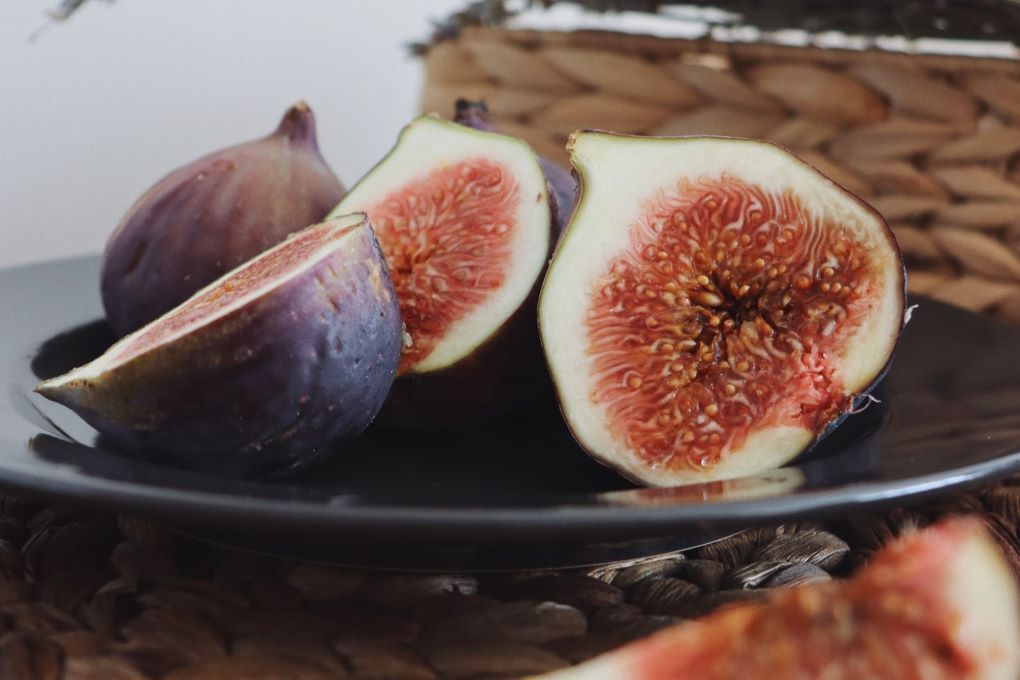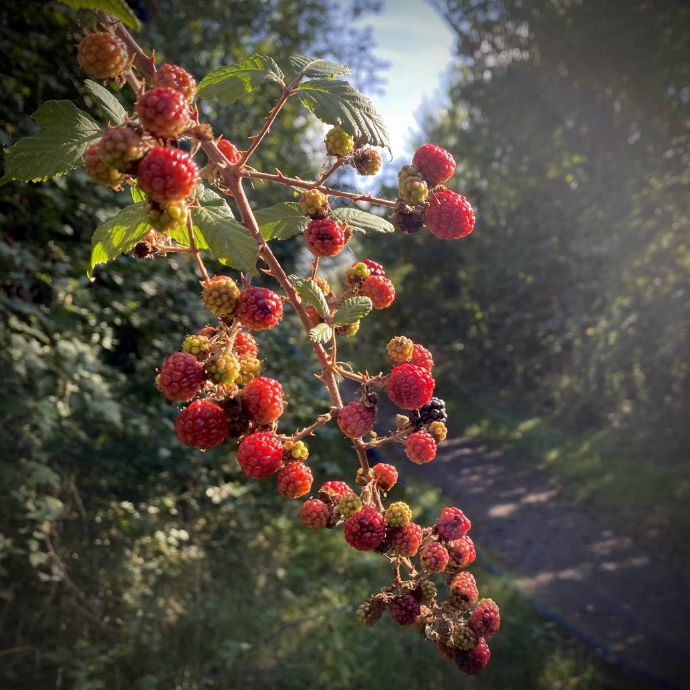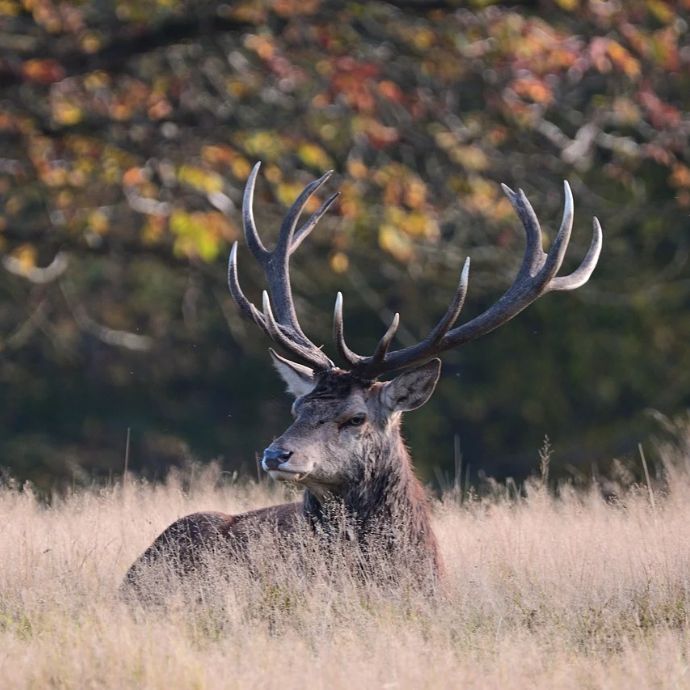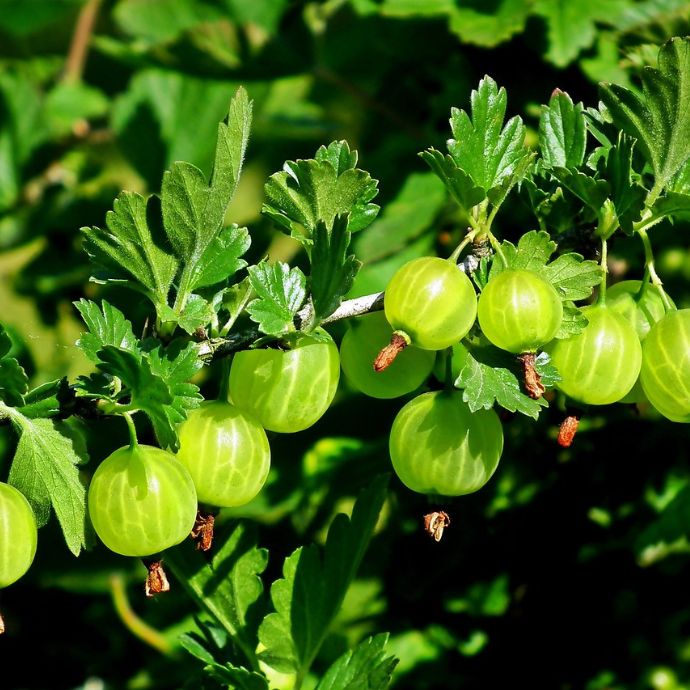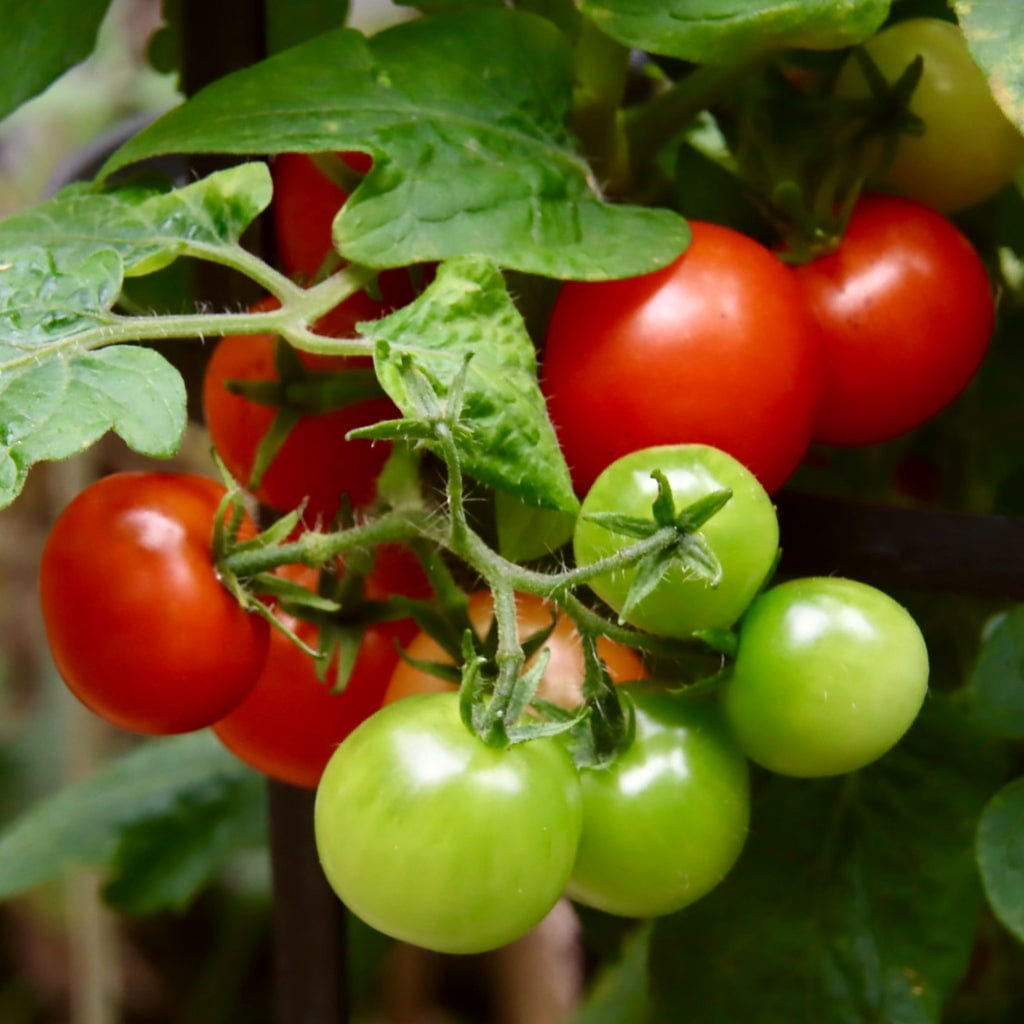Advice & Inspiration
Is Tomato a Fruit?
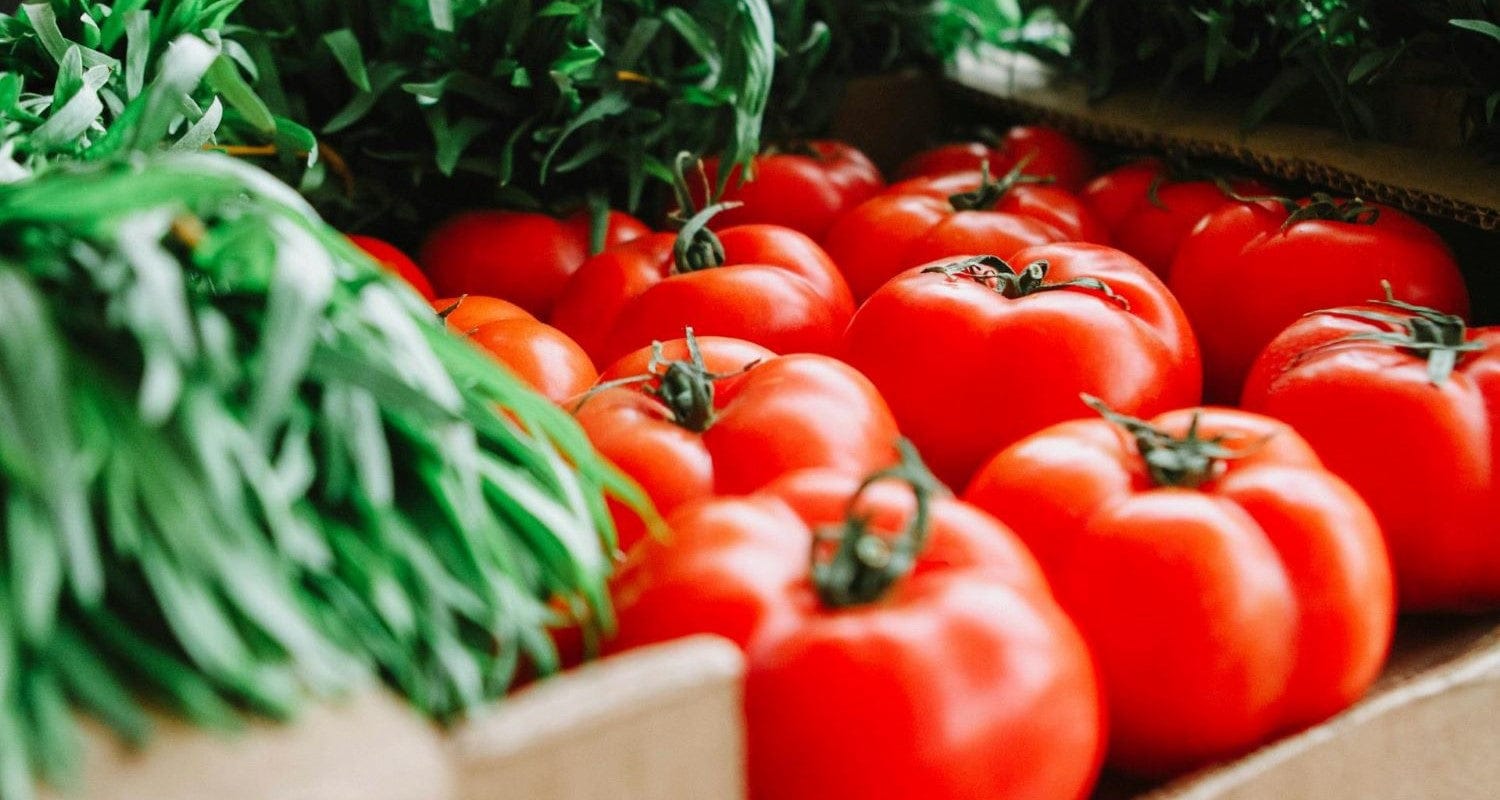
“Knowledge consists of knowing that a tomato is a fruit, and wisdom consists of not putting it in a fruit salad.”
Miles Kington
Of all the confusing things in this life - crop circles, British summer time, wireless printers - you’d think you could rely on something as simple and wholesome as a tomato. But then you go to a pub quiz and lose by one point because it turns out tomatoes aren’t a vegetable but a fruit. Later that night when you’re crying into your Bloody Mary and wondering where your life went wrong, you may ponder the bewildering injustice of losing a £50 drinks voucher to the local Methodist church team - but also why something that’s used as a vegetable in savoury dishes is classed as a fruit. Read on and hopefully all will be explained.
What is a fruit?
If you ask the dictionary, a fruit is the part of a plant that develops from the fertilised ovary of a flower. And for the non-biologists among us, it’s the soft bit with the seeds in. Fruits grow from and can be picked from the plant, rather than being parts of the plant themselves.
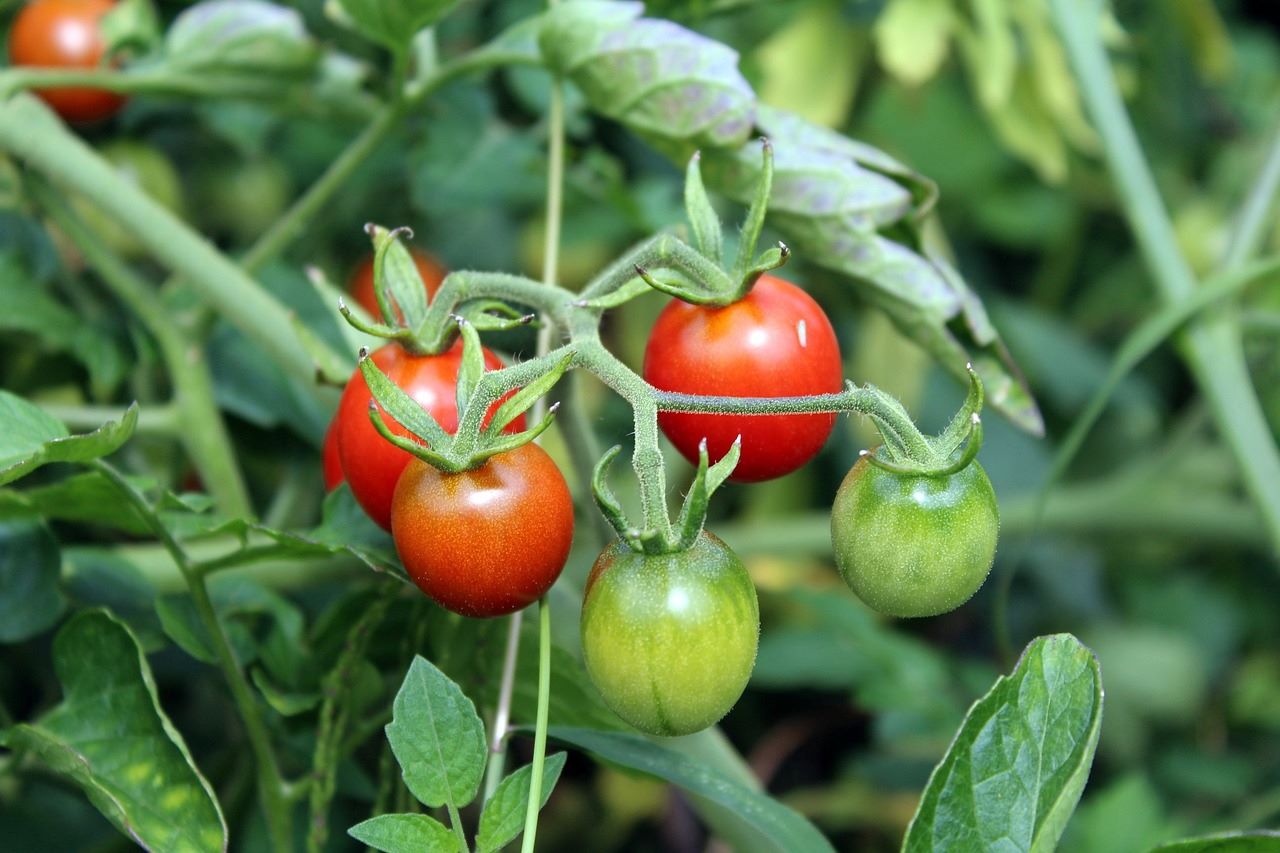
What is a vegetable?
A vegetable is defined as any edible part of the plant which doesn’t contain the seeds. This includes roots, bulbs, leaves, stems, flowers and tubers.
So is a tomato a fruit?
Sure is. Tomatoes develop from flowers on the plant and contain seeds, so botanically they are fruit. And yet…
Times when a tomato was legally a vegetable
Legal loopholes ahoy. In an 1893 U.S. court case, tomatoes were legally ruled to be a vegetable. The case was brought by a Manhattan produce wholesaler who’d been slapped with a 10% tax on a shipment of tomatoes - a tax that applied to fruit but not to vegetables. To quote the judgement, “tomatoes are the fruit of a vine, just as are cucumbers, squashes, beans and peas. But in the common language of the people… all these are vegetables.” Good news indeed for the emerging ketchup industry.
Culturally and commercially, tomatoes are widely considered to be vegetables. They’re predominantly used in savoury dishes and can be found in the veg aisle at the supermarket. Although this is probably really annoying if you’re a plant biologist, it’s just more convenient for the rest of us.

Why does it matter?
I guess it doesn’t really matter whether a tomato is a fruit, a vegetable or a clown’s nose unless you’re a pub quizmaster who wants to avoid an unseemly brawl between nonconformist ministers and thirsty writers. Put it this way, no one expects you to put them in a crumble.
Mistaken identity: more vegetables that are actually fruits
Tomatoes are not the only fruit. There are more of them lurking incognito in your vegetable beds!
Cucumbers
The cucumber family (Cucurbitaceae) also includes watermelons, cantaloupe and squashes. They all have large, fleshy fruits (some larger than others) with a thick outer wall or skin, and contain seeds. Just to complicate things further, they’re classified as pepos, which are a kind of berry.
Chillies and peppers
Chillies in chocolate might not be as strange a mix as you’d think. Peppers and chillies are members of the Solanaceae family, and grow fruits with a smooth, thick skin.
Courgettes
Another member of the Cucurbitaceae massive, courgettes, pumpkins, gourds and squashes are all - you guessed it - fruit.
Aubergines
Although aubergines are soft, seedbearing fruits (or more accurately, pepos) not every branch of the Solanaceae family is the same. Potatoes are solanums too, but as tubers, are bona fide vegetables.
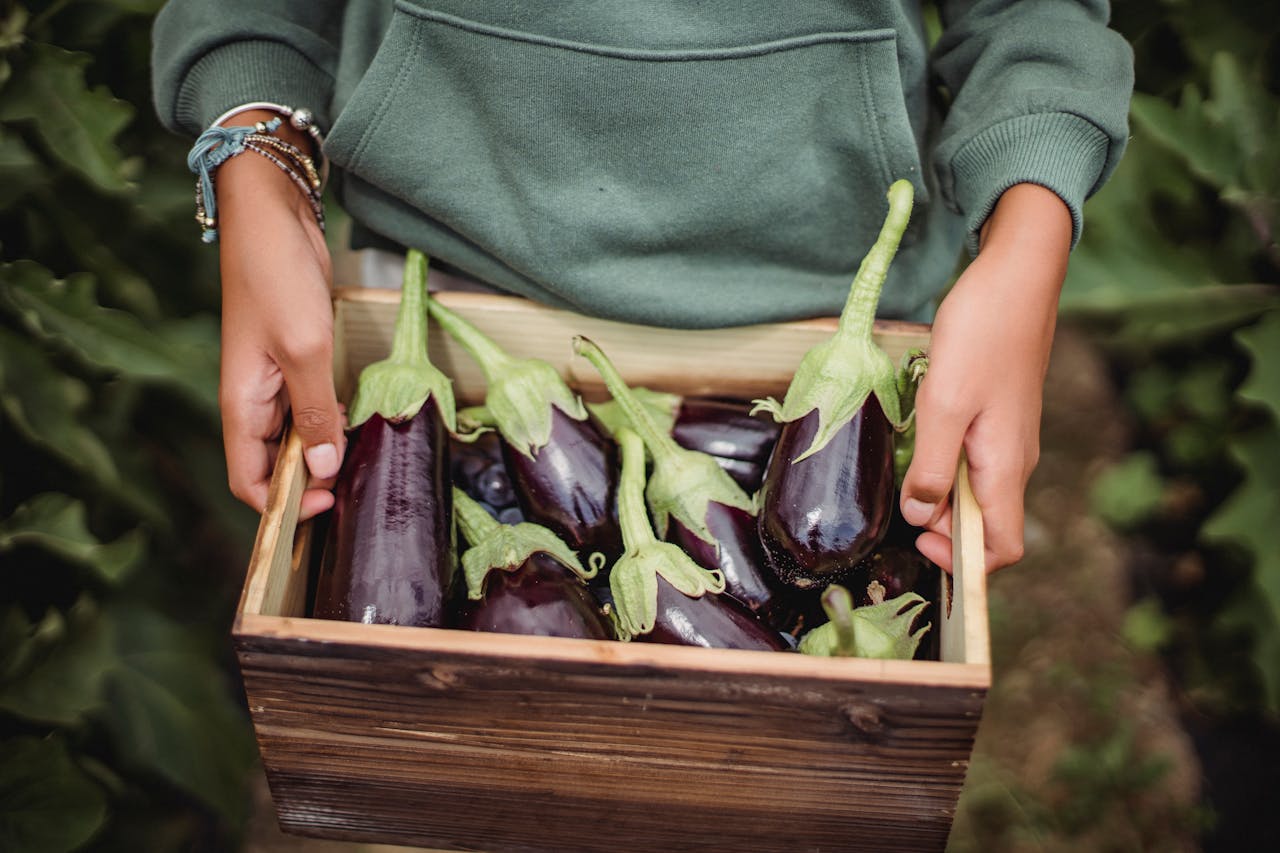
Pumpkins
Pumpkins are somehow more credible as a fruit, being widely used in the US as a sweet pie filling and pairing well with spices like cinnamon and nutmeg, as in that ubiquitous autumnal atrocity, pumpkin spice latte. You probably won’t be too shocked at this point to hear that in 2006, the state of New Hampshire chose the pumpkin as its official state fruit. I guess all the other fruits were taken…
Peas and beans
Peas and beans? Is nothing sacred? Strictly speaking, it depends how they’re eaten. Mange tout peas, sugar snaps, french beans, edamame and the like are eaten whole as pods, so they’re fruit. When you remove the beans or peas from the pod, you’re just eating the seeds. Still not veg though, sorry.
Okra
Tricky one. You can eat every part of the okra plant including the leaves, flowers, stems and buds - all vegetables. The part we eat most often though, is the pod which contains the seeds, and that’s a fruit.
Corn
This one’s a little complex, as a sweetcorn cob’s edible layer is made up of kernels - each one an ovary containing a seed. The cob lacks the fleshy middle part of most fruits, though, so it’s classed as a dry fruit and as soon as you scrape off the kernels, you’re eating seeds.

Is nothing sacred? What can we safely call a vegetable?
It’s ok. Leaves (lettuce, kale, spinach), roots (carrots, parsnips, beetroot), bulbs (onions and garlic), flowers (cauliflower and broccoli) stems (chard) and potatoes (tubers) are all still vegetables so you can put them on your Sunday roast with a clear conscience.
Fruits that are really vegetables
Wow them down at The Weasel and Firkin this Tuesday with even more fruit/veg classification trivia, because this works both ways…
Rhubarb
We eat the stems of the rhubarb plant, so it’s technically a vegetable. Rhubarb only really rose to popularity as a dessert ingredient alongside the popularisation of sugar, and since then plant breeders have focused on creating naturally sweeter varieties. However in 1947, our friends at the U.S. Customs Court decided it was legally a fruit. By the 1940s, the import duty on fruit was set at 35%, as opposed to 50% for vegetables, so producers had a vested interest in having rhubarb declared to be the former, and thus it came to pass.
Figs
Figs are eaten as fruit but they’re actually flowers that bloom inside out, with densely packed buds that develop in a soft shell. If you split one open and take a close look, you’ll see that the ‘flesh’ is made up of tiny red flowers, meaning that when you eat one, you’re eating a vegetable.
